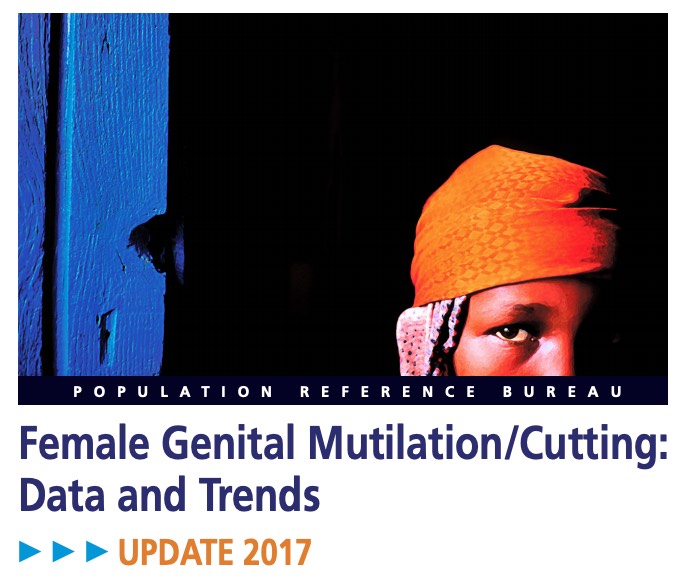Mortalité maternelle : l’une des principales causes de décès au Cambodge
(2003) La maternité est une période qui devrait être faite d'anticipation et de bonheur pour une femme, sa famille et sa communauté.
(2003) La maternité est une période qui devrait être faite d'anticipation et de bonheur pour une femme, sa famille et sa communauté.

PRB hosted a high-level webinar with budget experts, parliamentarians, and national directors to discuss the importance of the Demographic Dividend Sensitive Budgeting approach in enhancing budgeting processes across Africa.

Project: PACE: Policy, Advocacy, and Communication Enhanced for Population and Reproductive Health
Female Genital Mutilation/Cutting: Data and Trends Update 2017, produced with support from the U.S. Agency for International Development, provides the latest data on the practice in 29 developing countries with representative and comparable data—although FGM/C occurs worldwide.
(2002) Having dropped from around 5 to just under 3 between 1989 and 1996, Iran's total fertility rate has again plunged — this time to 2. Iran, an Islamic country, has followed a unique and rapid path to replacement-level fertility.
(2002) Deaths from heart disease have fallen dramatically over the past 50 years in the United States, from over 589 age-adjusted deaths per 100,000 people in 1950 to less than half that number in 2000 (258 per 100,000).